Shiga Prefecture
-
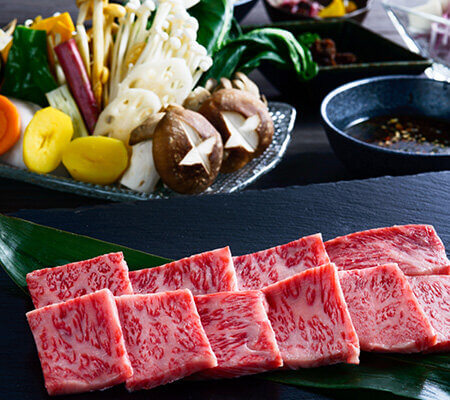
【Omi-Kadoman】Over 120 years of tradition, a renowned Omi beef specialty store
-
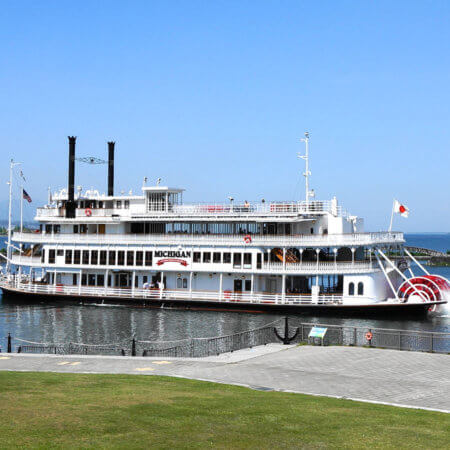
【Biwako Kisen】Create memories of Japan’s largest lake, Lake Biwa, on a sightseeing boat!
-

【Ogoto Onsen】Enjoy a genuine hot spring with a history of some 1,200 years
-
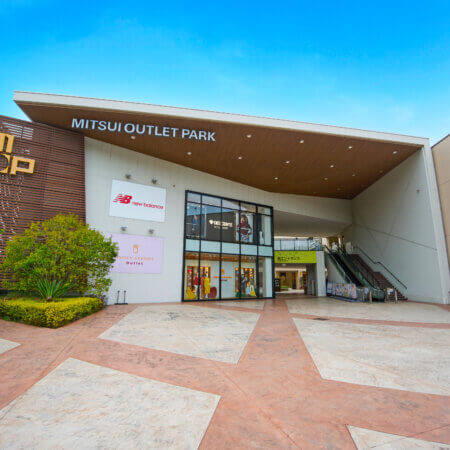
【MITSUI OUTLET PARK Shiga Ryuo】 The First Regional Outlet Park in the Kei-Shi Area!
-

【Hikone Castle】A landmark of Hikone and one of the five castles that are national treasures
-
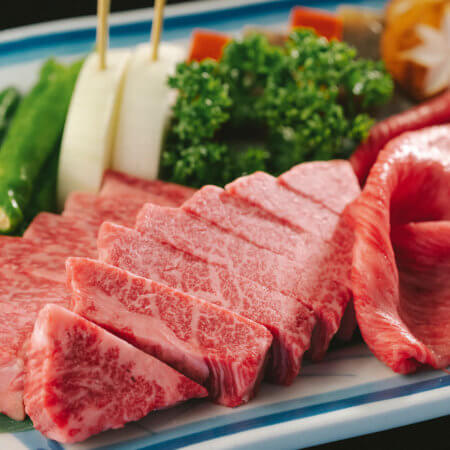
【Omi Beef Morishima Omihachiman Restaurant】A Long-Established Restaurant Serving One of Japan’s Top Three Wagyu Beef Varieties
-
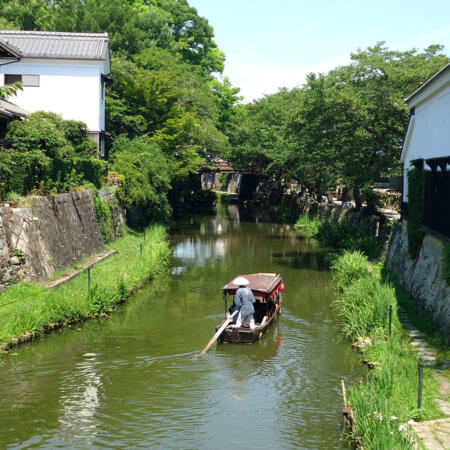
【Hachimanbori】A place that greatly contributed to the birth and development of merchants and the prosperity of the town
-

【Chimoto】An 80-year-old dining establishment offering seasonal ingredients from the northern shore of the lake
-
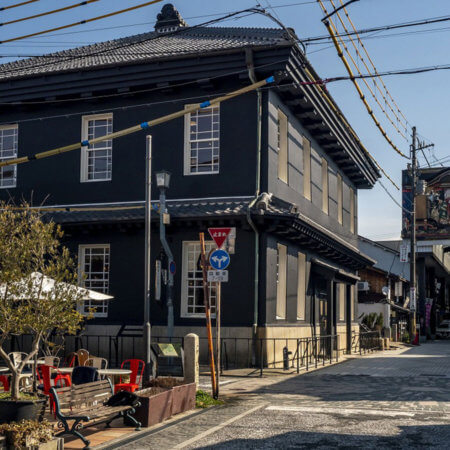
【Kurokabe Square】A glass-making town utilizing traditional architecture
Where is Shiga Prefecture located?
Shiga Prefecture is located in the Kinki region of Japan.
What are some foods from Shiga Prefecture?
Shiga Prefecture is rich in natural resources that are centered around Lake Biwa and which provide an abundance of fresh ingredients for cooking. Below are some representative foods of Shiga Prefecture.
Kamonabe
Kamonabe is a dish consisting of mallards, which migrate to Lake Biwa from Siberia for the winter, that are stewed with tofu and vegetables and is one of the representative local dishes of Shiga Prefecture.
Funa-sushi
Funa-sushi is a local dish of Shiga Prefecture. However, because of its unique taste and smell, it divides opinion even among locals. Originally made in the hinterlands of China using carp, it has been adapted in Shiga Prefecture for Crucian carp, an endemic species of Lake Biwa, and is a fermented food.
Omi Beef
Omi beef is a luxury Wagyu beef from Shiga Prefecture, known for its marbled texture and rich taste. It can be enjoyed in various dishes, such as steak or shabu-shabu. Omi beef, along with Kobe beef and Matsusaka beef, is referred to as one of the three major Wagyu-beef brands in Japan. Among them, Omi beef is a branded Wagyu beef with a history of some 400 years.
Biwako Crab
Caught in Lake Biwa, Biwako crab is packed with meat and has a sweet flavor. It can be enjoyed in various dishes, such as shabu-shabu, sukiyaki, and sushi.
What are some of the tourist spots in Shiga Prefecture?
Shiga Prefecture is home to many attractions, such as Lake Biwa, ancient ruins, and historical buildings. Below are some representative tourist spots.
Lake Biwa
This freshwater lake covers an area of about 670 square kilometers and is the largest lake in Japan. It has long played an essential role in fisheries and transportation. Many tourist spots are located along the lakeshore, and the Lake Biwa Canal, which circles the lake, has greatly contributed to the development of water transportation. Moreover, many islands within the lake boast abundant nature and traditional culture, making them popular tourist destinations.
Hikone Castle
Hikone Castle, designated as a national treasure, was built in the early 1600s in the Edo period. The existing castle tower is renowned for its beauty, and the stone walls, moats, and gates are also worth seeing. The castle houses exhibitions of armor, swords, and paintings, allowing visitors to experience its history and culture. Every spring, the castle hosts a cherry blossom festival that attracts many visitors. Hikone Castle is one of Japan’s most iconic castles and is popular with tourists.
Omihachiman City
This castle town from the Edo period is a tourist spot, with preserved old streets and temples and shrines. The city has Chomeiji Temple’s five-storied pagoda, which is a national treasure, and Jokoji Temple’s three-storied pagoda, the oldest wooden building in Japan and which dates back to the Azuchi-Momoyama period. The city is also home to many traditional craft shops and Japanese confectionery stores, which allow visitors to experience local flavors and culture. In spring, events that are loved by many tourists are held, such as Hachimanbori and Omihachiman Hina Matsuri.
Mount Ibuki
Mount Ibuki, a 1,377-meter-high mountain straddling Shiga and Mie Prefectures, has long been revered as a sacred mountain. From the summit, you can enjoy a panoramic view of the Kinki region, and on a clear day, you can even see as far as Nagoya. There are multiple climbing routes, with courses suited for beginners up to advanced hikers. In spring, the Ibuki no Koi Minori Flower Field at the mountain’s base comes into bloom with about 400,000 rape blossoms and tulips, creating a stunning landscape. Mount Ibuki, with its varying seasonal expressions, is a popular spot for enjoying nature throughout the year.

